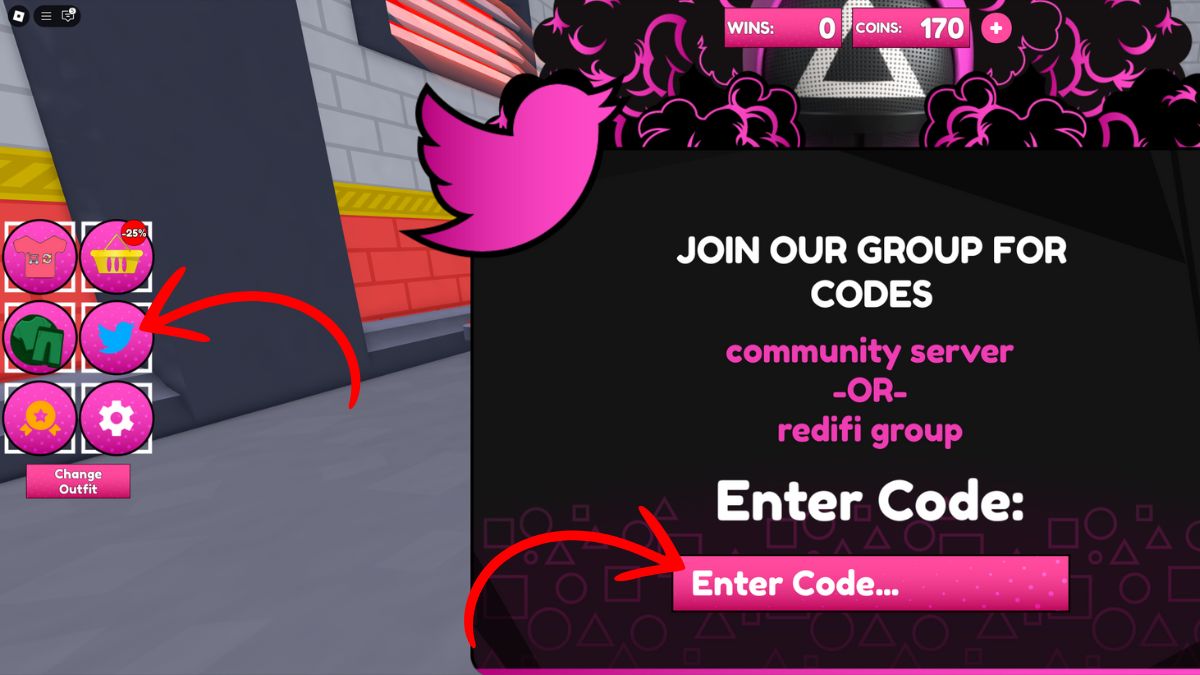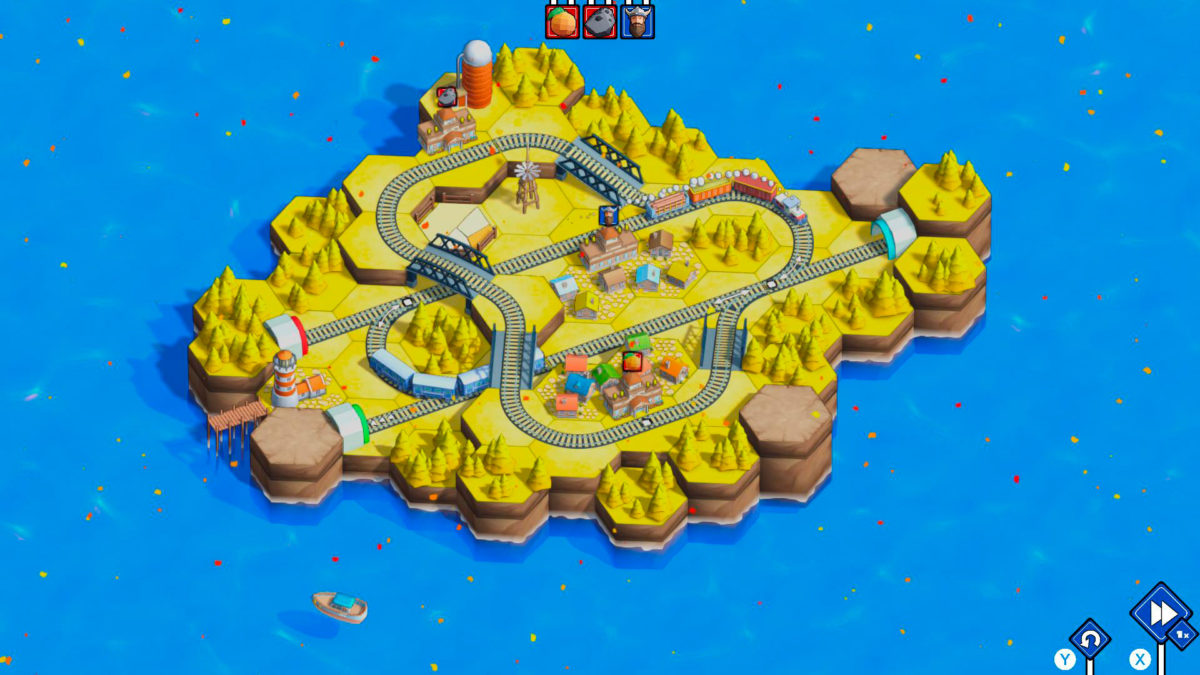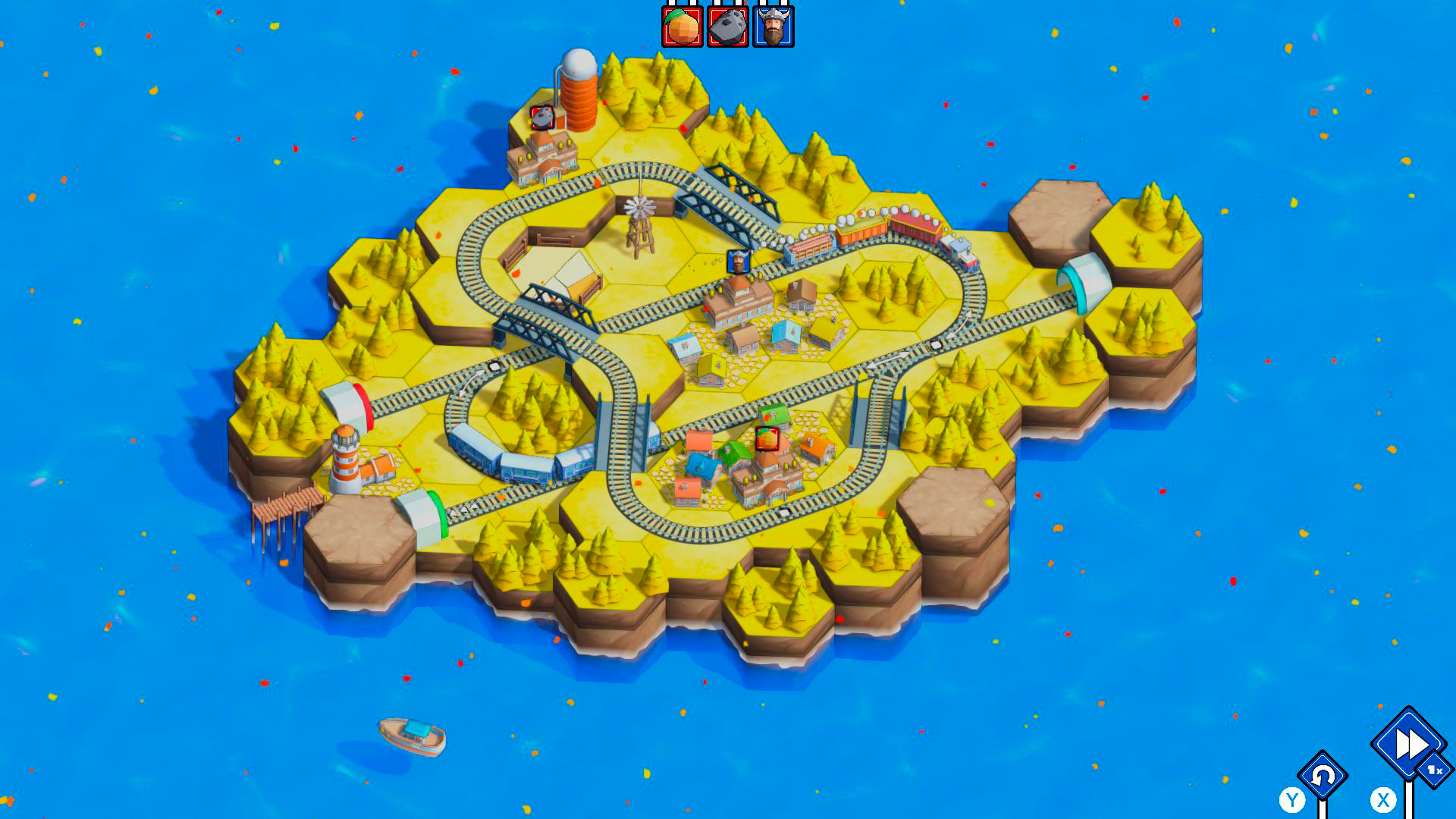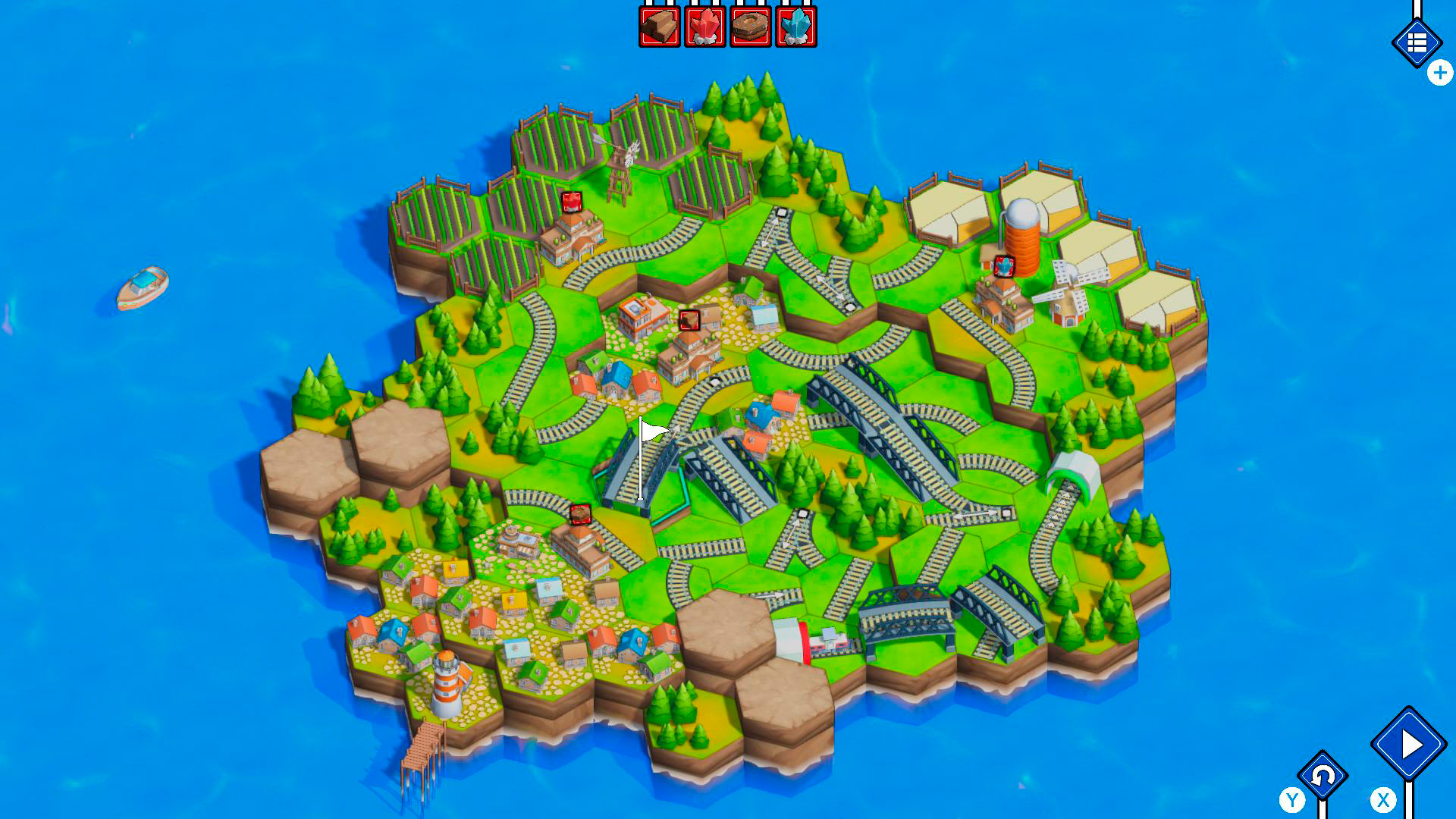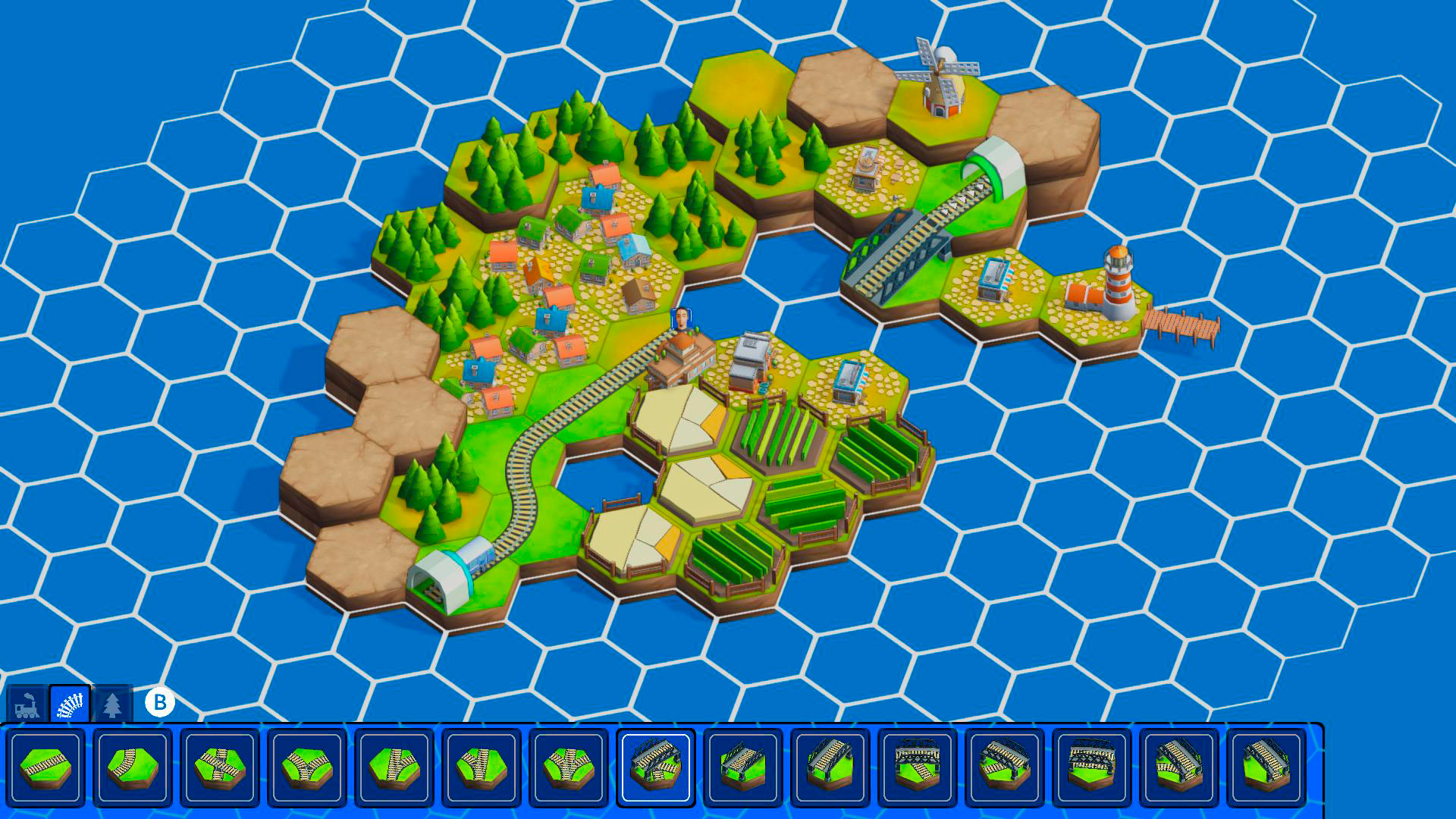Marvel Rivals Season 1 balance changes are nearly here, and NetEase Games has revealed details that promise tweaks for popular heroes like Captain America, Cloak & Dagger, and Jeff the Land Shark.
The team detailed its reasoning for the buffs and nerfs that will soon be delivered with version 20250110 in a post on its website. Despite having launched only last month, NetEase says it’s happy with the “vibrant diversity of lineups” it has seen this far but still sees some room for improvement.
“Hence, in the first half of Season 1, we are set to make balance adjustments to certain heroes, enabling a broader roster to partake in more intricate gameplay, ensuring a richer, more engaging, and diverse gaming experience for all,” the team explained.
Some of the balance tweaks arriving in the first half of Marvel Rivals Season 1 include slight nerfs to a few of the more dominant heroes in the roster. Hulk’s Indestructible Guard gamma shield is going from 250 to 200 health, while Hela will be hit with a base health reduction that brings her from 275 to 250. Hawkeye is also getting a decrease to his medium-long range damage alongside a slight increase to his close combat resistance. Then there’s Luna Snow, whose ultimate ability will now take longer to switch from damage to healing.
The list of heroes set to benefit from buffs, meanwhile, is quite long, with Cloak & Dagger, Storm, Punisher, Moon Knight, and more due improvements in some form. Captain America is getting some of the more substantial balance adjustments, with NetEase aiming to enhance his survivability. Jeff’s Joyful Splash healing is also getting an increase from 140/s to 150/s, while the team has also moved to make his ultimate ability warning marker line up better with its actual radius.
Marvel Rivals Season 1 launches this Friday, January 10. In an X/Twitter post, NetEase announced that a maintenance period will begin tomorrow, January 9, starting from 11pm to 1.10am PST. Servers go offline during this time, with the team warning that server return times may vary based on progress.
Alongside today’s patch notes, NetEase revealed what it is calling the Hero Hot List, a stat page that details pick and win rates for heroes across console and PC quickplay and competitive matches. It’s a list that will almost certainly change with Season 1 not only because of the balance adjustments but the introduction of four new heroes with the Fantastic Four. Mr. Fantastic and the Invisible Woman start things off with the first half of the season, with The Thing and Human Torch set to arrive in the second half.
You can read the full balance changes planned to arrive in the first half of Marvel Rivals Season 1 below.
Marvel Rivals First Half of Season 1 Balance Changes
VANGUARD
Captain America
Steve will receive some enhanced survivability, allowing more frequent entering and exiting of the combat.
– Reduce the delay time for shield restoration after releasing Living Legend from 3s to 2s.
– Reduce Liberty Rush cooldown from 12s to 10s.
– Increase base health from 650 to 675.
– Reduce the energy cost for releasing Freedom Charge (ultimate ability) from 3400 to 3100; Reduce the additional health provided per second to self after releasing it from 110 to 100.
Doctor Strange
We’ll be reducing the threat range and increasing the defense window of the Sorcerer Supreme.
– Add damage falloff to Maelstrom of Madness and Gamma Maelstrom. Starting at 5 meters and reducing to 70% at 8 meters.
– Slightly decrease the shield value recovery rate after releasing Shield of the Seraphim from 80/s to 70/s.
Thor
The God of Thunder could use some slightly increased survivability and improved the success rate to his ultimate ability.
– Increase base health from 500 to 525.
– Added immunity to control effects during God of Thunder (ultimate ability).
Hulk
Dr. Banner has been dominant, but some decreased sustained combat capability upon entering the battlefield will bring him more in line with other Vanguards.
– Reduce the Indestructible Guard gamma shield value for Hero Hulk from 250 to 200.
Venom
With increased survivability and the threat of his ultimate ability, the symbiote menace will strike fear into the backlines of all enemy teams.
– Increase the Symbiotic Resilience bonus health ratio gained per lost health point from 1 to 1.2.
– Increase the base damage of Feast of the Abyss (ultimate ability) from 40 to 50.
DUELIST
Black Panther
We’re slightly decreasing T’Challa’s combat survivability.
– Reduce the additional health provided to self after refreshing Vibranium Marks with Spirit Rend from 40 to 30, and the upper limit of additional health provided from 120 to 75.
Black Widow
Natasha was very much in need of optimization when evaluating the release experience of her abilities as well as a slightly increase to the threat of her ultimate ability,
– Increase the range of the first effect of Edge Dancer from a 3-meter radius to a 5-meter radius.
– Reduce the time required for Fleet Foot to recover from 0 stamina to full from 12s to 4s.
– Reduce the time required for Electro-Plasma Explosion (ultimate ability) to reach maximum power from 1s to 0.6s.
Hawkeye
We’ll be decreasing the medium-long range damage capability, reducing the threatening combat radius, and slightly improving the close combat resistance for the avenging archer.
– Slightly reduce the spread angle between every two Blast Arrows.
– Reduce the triggering distance of passive ability Archer’s Focus from 60 meters to 40 meters. Reduce the maximum additional damage of the passive from 80 to 70.
Hela
The Goddess of Death has been a menace and we’ll slightly decreasing her combat strength.
– Reduce base health from 275 to 250.
Magik
The Queen of Limbo needed an Increase to her threat after unleashing her ultimate ability.
– Increase Umbral Incursion damage in Darkchild form from 115 to 135.
Moon Knight
The Hand of Khonshu will receive a slight increase to the threat of his ultimate ability.
– Increase the number of talons generated by Hand of Khonshu (ultimate ability) from 10 to 14.
– Increase the explosion radius of each talon from 4 meters to 5 meters.
Namor
We’re optimizing the throwing feel of Namor’s eggs!
– Adjust the throwing feel of Monstro Spawn and Frozen Spawn. Now, Namor can more accurately throw them to the desired location.
Psylocke
We’ll be providing more options for other heroes to counter the demon slayer’s ultimate.
– Now Dance of the Butterfly (ultimate ability) will check for barriers (including Magneto’s Metal Bulwark, Hulk’s Indestructible Guard, etc.).
The Punisher
We’re slightly increasing the damage capability of Frank’s weapons.
– Slightly reduce the spread of Deliverance and Adjudication.
Scarlet Witch
We’re Increasing Wanda’s combat strength when she’s facing Duelists or Strategists.
– Increase Chaos Control’s fixed damage from 50/s to 60/s.
– Reduce the percentage damage per second from 5% to 3%.
– Increase Chthonian Burst’s projectile damage from 30 to 35.
Storm
The Weather Witch needed an overall increase to her damage capability; We’re also optimizing the feel of her left-click projectile and the release experience of her ultimate ability.
– Increase Wind Blade projectile speed from 100m/s to 150m/s and left-click damage from 50 to 55.
– Increase Bolt Rush damage from 70 to 80.
– After releasing Omega Hurricane (ultimate ability), the bonus health provided for herself will be increased from 350 to 450. Moreover, following its conclusion, the extra health will no longer vanish instantly but will instead diminish at a rate of 100 per second.
Squirrel Girl
We’re increasing the threat of Doreen and her furry friends in their ultimate ability.
– Addition of a new effect to the Unbeatable Squirrel Tsunami (ultimate ability): the squirrels will rush towards the nearest enemy after bouncing instead of bouncing randomly.
– Reduce the squirrel tsunami health from 600 to 300.
Winter Soldier
We’ll be adjusting Bucky by decreasing his long-range combat strength and increasing his survivability in medium-close range combat.
– Increase the bonus health provided by Bionic Hook and Tainted Voltage from 30 to 40.
– Increase Roterstern’s projectile damage from 70 to 75.
– Reduce the area damage from 70 to 65 and reduce damage decay from 65% at 40 meters to 60%.
– Increase base health from 250 to 275.
Wolverine
Logan will receive an increase to basic combat strength, but a slight decrease to the additional survivability after activating Undying Animal.
– Increase base health from 300 to 350.
– Reduce the damage reduction ratio provided by Undying Animal from 50% to 40%.
STRATEGIST
Cloak & Dagger
Ty and Tandy will receive an increase to their healing capability as well as an expansion to the coverage area of their ultimate ability.
– Reduce Dagger Storm cooldown from 15s to 12s.
– Increase the number of dashes in Eternal Bond (ultimate ability) from 3 to 4.
Jeff the Land Shark
We’ll be adjusting the range for his ultimate ability so it now better fits the warning marker. In addition, we’ll also be increasing his healing capability.
– Adjust It’s Jeff! (ultimate ability) range from a 10m sphere to a 10m radius, 5m high cylindrical spell field.
– Increase the healing of Joyful Splash from 140/s to 150/s.
Luna Snow
While we’ve enjoyed her dropping the bass, we’ve made adjustments to Luna’s ultimate ability to prevent players from abusing its healing capabilities.
– Increase the interval for switching between healing and damage in Fate of Both Worlds from 0.1s to 0.5s.
Mantis
We’ll be making Mantis a bit less fleet-footed, reducing her roaming support capability.
– Reduce Nature’s Favor (passive) movement boost from 2.5m/s to 1.5m/s.
Rocket Raccoon
Rocket could use an enhancement to his healing capability.
– Increase the healing of Repair Mode from 60 per/s to 70 per/s.
TEAM-UP ABILITIES
Hawkeye – Black Widow
To further tone down Hawkeye’s oppression, we’ ll be reducing his seasonal buff.
– Reduce Hawkeye’s season bonus from 20% to 15%.
Hela – Thor – Loki
Much like Hawkeye, Hela’s overwhelming power will be receiving a slight reduction.
– Reduce Hela’s season bonus from 20% to 15%.
Luna Snow- Namor
We’ll be increasing the threat of Namor’s Frozen Spawn.
– Increase Frozen Spawn damage from 25 to 27.
– Increase Frozen Spawn slowing effect applied to hit enemies from 25% to 30%.
– Increase berserk state Frozen Spawn damage from 16 to 18.
Rocket Raccoon – The Punisher – Winter Soldier
One of Rocket’s best tools will be available more often!
– Reduce the cooldown of Ammo Invention from 45s to 40s.
Scarlet Witch – Magneto
A bit underwhelming, the damage capability of this father-daughter Team-Up ability will be enhanced.
– Increase Metallic Fusion projectile damage from 55 to 60.
– Increase Metallic Fusion spell field damage from 30 to 35.
Thor – Storm – Captain America
We’ll be enhancing the damage capability of Storm’s side of this Team-Up ability.
– Reduce the cooldown of Charged Gale from 20s to 15s.
– Increase the damage of Charged Gale from 50 to 55.
Michael Cripe is a freelance contributor with IGN. He started writing in the industry in 2017 and is best known for his work at outlets such as The Pitch, The Escapist, OnlySP, and Gameranx.
Be sure to give him a follow on Twitter @MikeCripe.

